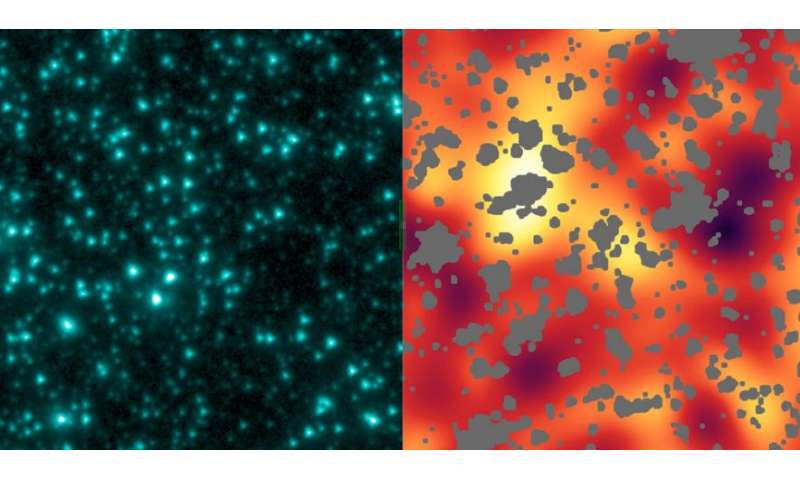Best of Last Week – Possible fifth force of nature, India launches mini shuttle and how money matters in relationships

(ScienceX)—It was another interesting week for physics as a team of physicists at the University of California suggested that work done by another team of researchers in Hungary last year might have inadvertently revealed the possibility of a fifth force of nature—a super-short force carried on a protophobic X boson.
Also, NASA astrophysicist Alexander Kashlinsky suggested there might be a possible link between primordial black holes and dark matter—noting that it might explain why there are so many noticeable merging black holes. And a trio of researchers, two with the Max Planck Institute and the other with Scuola Internazionale Superiore di Studi Avanzati offered a loop quantum gravity theory that offers a glimpse beyond the event horizon by applying a second quantization formulation. A team at the U.S. DoE's SLAC National Accelerator Laboratory released the first movies of droplets getting blown up by an X-ray laser, which, they say, may lead to better understanding the dynamics of the explosions.
In other news, an international team of researchers discovered how supermassive black holes keep galaxies turned off—via "red geysers" that allow galaxies to evolve into what the team describes as featureless deserts. Also, a team with Macquarie University conducted a study that showed that sharks have personalities—individual Port Jackson sharks displayed distinct responses consistently when put in unfamiliar surroundings. And a new study of high-risk teens revealed a biological pathway for depression— a team at Duke University combined data from genetic testing, brain imaging and behavioral studies over a three year period to reach their conclusion. Also, four mathematicians with Georgia Tech conducted a proof of Kelmans-Seymour conjecture in graph theory—their effort represented the culmination of four decades of work. Also, India successfully launched its first mini space shuttle—which was developed for just $14 million.
And finally, if you have ever suspected that money might have an impact on a potential romantic relationship, a team of researchers working in Hong Kong found evidence that suggested that money really does matter in relationships—impacting not only mate choice but how desirable people already in relationships see one another.
© 2016 ScienceX